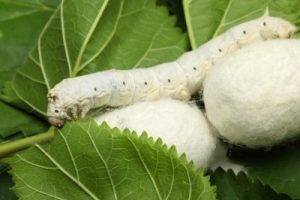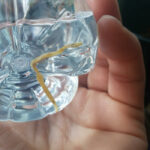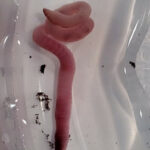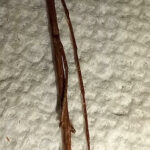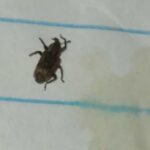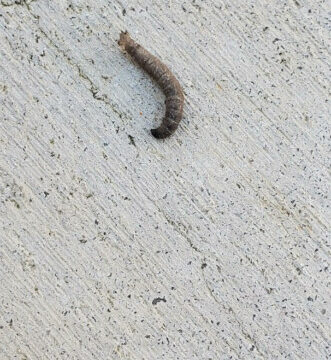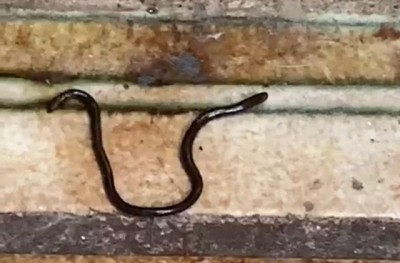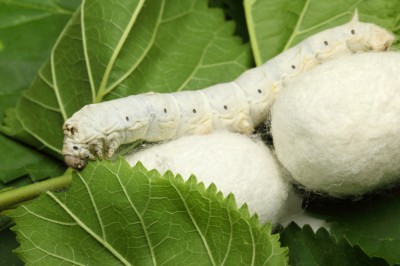
Silk is one of finest materials we have; its smooth, lavish fabric and considerable price make it a luxury item. However, the process of actually obtaining this silk comes at the expense of its creator, the silkworm. This article will briefly explore silkworms, what they are and how they work, and their exploitation in the fashion industry.
Silkworms are the caterpillars of the silk moth (Bombyx mori) and are as white in color as the silk they produce. Also known as the Chinese silkworm or the mulberry silkworm, these caterpillars are segmented, with black dots along their side, and reach a length of eight centimeters (approximately 3.2-inches). Interestingly, the moth is also the same white color, which is quite uncommon for moth and butterfly species. Typically the adult of a given moth or butterfly species does not tend to resemble their larva as closely as is the case with the silkworm and the silk moth, which makes it all the more distinguishable. However, it is the stage between larva and moth that the silkworm actually produces the extravagant product we have used to make fine garments and luxurious bed sheets: pupation.
Hence, we come to the actual production of silk. Silk production is referred to as sericulture or silk farming, and the biggest venue for it is in India, which has several big and small silk-production facilities across the country. To harvest silk from a silkworm, one must wait until the larva enters pupation. Then, from the cocoon, which is woven from the naturally-produced silk that the caterpillar weaves, one can extract the strands of silk necessary to make any given silk-based product. As one can imagine though, the amount of silk extracted from one single pupa is extremely little, and thus it takes thousands upon thousands of silkworms to produce a considerable amount of silk that one can work with. The tragic truth of this is that most silkworm farms care little for the intrinsic value of the silkworms lives, and kill them in the process of harvesting the silk. In fact, in order to harvest the silk in an efficient manner, most silkworm farmers will boil the pupae in their chrysalis in order to extract the pupa prematurely and thus use the silk before the pupa gets the chance to undergo metamorphosis and transform into a moth.
With this in mind, several silk-production facilities have developed a method of silk-farming which is apparently ethical and does not harm the caterpillar. This way of extracting silk forces the farmer to wait until the pupa does emerge a moth which leaves the chrysalis empty and ripe for the taking, hence producing what it known as Ahimsa silk, or ‘peace silk’. That being said, certain sources, such as Peta, indicate that this method is still not ethical toward silkworms. Although the silkworms are permitted to undergo metamorphosis, many of the silkworm facilities then do not have the resources or time to return the moths to the wild, and will simply kill them.
In addition to this, investigations into the silk industry have uncovered multiple cases of child labor, which has been implemented to meet demands, ensure efficient production and for budget cuts, which is clearly unethical for a number of reasons. So, whether or not one considers the lives of worms to be valuable, one should at least consider the welfare of the children which are put to work as young as five years old the next time they purchase a silk-based product.
To conclude, while the silk worm itself is a remarkable creature worthy of praise for the exquisite product it naturally produces, the purchase of this material is clearly unethical for a number of reasons. Whether it is because one is vegan and refuses to partake in boosting an economy that benefits from the killing of animals, or if one is concerned for the welfare of child workers, there are valid reasons for deciding not to purchase genuine silk, other than the hefty price tag that usually accompanies it. We hope that our readers learned something interesting from this article, and that they stay cozy and safe during these unprecedented times.
All About Worms is always free, always reader-supported. Your tips via CashApp, Venmo, or Paypal are appreciated! Receipts will come from ISIPP Publishing.
You might also find these guys interesting!

